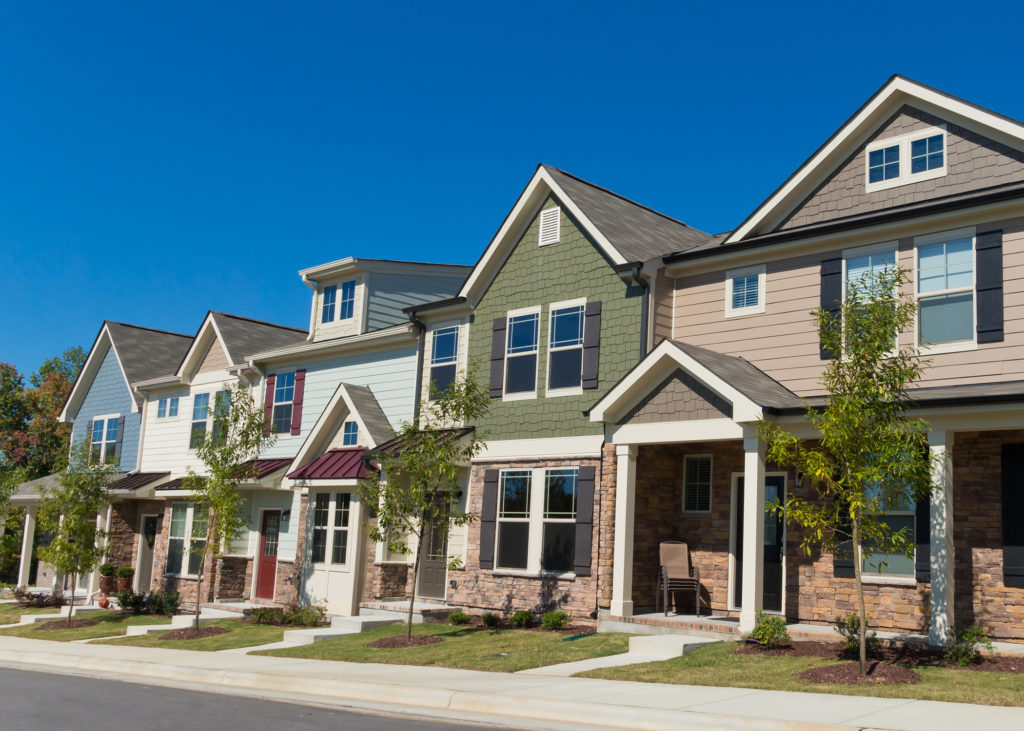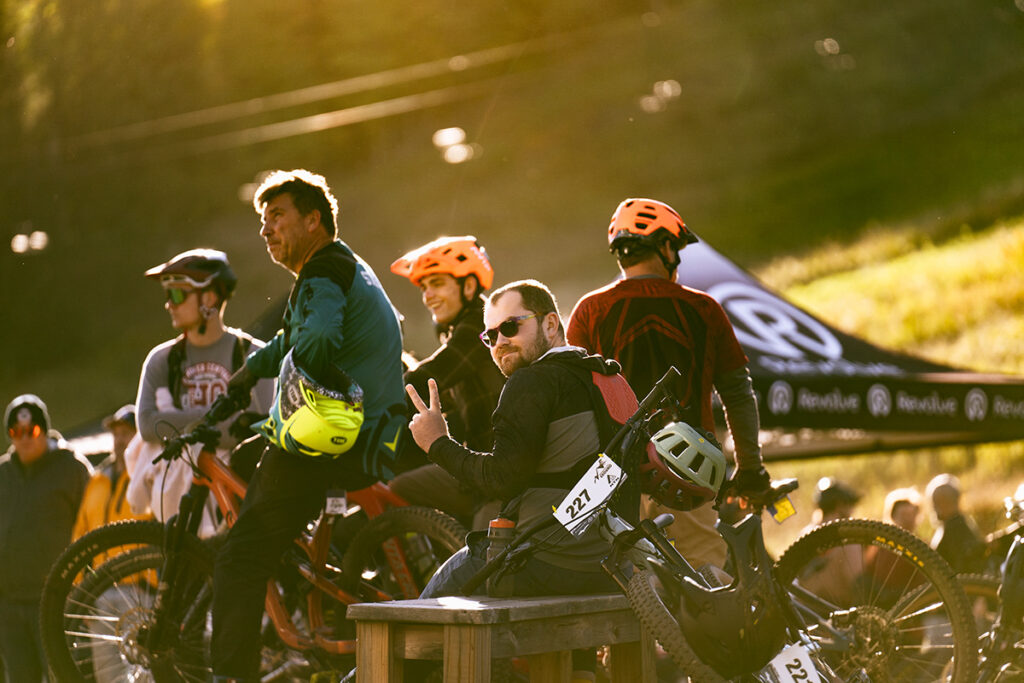In partnership with the National League of Cities and the Mid-America Regional Council, TIP Strategies facilitated a day-long summit on July 19, 2019. The focus of the summit was workforce housing in first tier suburbs of Kansas City. First tier suburbs are the cities or towns outside of a major city, but within the ring of developing suburbs and rural areas influenced by both the major city and the larger metropolitan area.
The summit brought together approximately 200 local leaders and stakeholders from the region to explore opportunities for building and maintaining workforce housing at a regional scale. In a post-event survey, 100 percent of respondents agreed that the summit’s subject matter was relevant and useful, and attendees left feeling empowered to generate action in their communities and with their organizational staff.
As is the case in many metro areas, Kansas City is surrounded by first tier suburbs that are economically and demographically diverse. Something these suburbs have in common with each other and with the rest of the nation is a housing challenge—it is difficult to build and maintain housing that is affordable for people earning a workforce salary (60 to 120 percent of the area median income). Careers often associated with workforce incomes are teachers, police officers, and other public employees; nurses and emergency medical personnel; and office and retail workers. In recent years, throughout the country, it has become increasingly difficult for people in those occupations to purchase a house or rent an apartment at an affordable price. This problem has a direct impact on economic development. Without an adequate and attainable housing supply, it can be difficult for employers to recruit and retain workers who may be faced with long commutes to affordable housing or who are forced to make difficult spending decisions when housing costs prevent the purchase of other necessities, such as food and healthcare.
There are a variety of reasons why providing enough workforce housing for the community is a challenge, but three major themes emerged from the communities participating in the summit: the high cost of infill or redevelopment, concern about negative effects on community character, and competition for resources with other priorities. The summit aimed to address those concerns through a discussion of TIP’s in-depth data analysis and customized housing affordability index, examining best practices from around the country, and sharing lived experiences. Attendees were energized by and committed to several ideas, including increasing public dialogue about workforce housing, examining ways to incentivize and simplify building or maintaining workforce housing, and continuing to collaborate regionally to solve this challenge.
CNU 2019: New Life in Old Suburbs
In June of 2019, I attended the Congress for New Urbanism’s (CNU) 27th annual conference in Louisville, Kentucky. Louisville is a city rich in culture, architecture, and quality of place along the Ohio River, which runs between Indiana and Kentucky. It provided a fitting backdrop for the CNU conference focused on the challenges of growth, redevelopment, and harmony with the natural environment. CNU provides resources, education, and technical assistance to create socially just, economically robust, environmentally resilient, and people-centered places. Each year, CNU’s conference features interesting sessions and opportunities to explore the host city.
In keeping with TIP’s work in first tier suburbs and revitalization efforts around the country, I explored several sessions that focused on ways in which communities are bringing new life to their suburbs. Nationally, there is increased demand for walkable, urban places, and suburbs are seeking creative ways to meet this preference. Walkable areas offer several benefits for the economy. In addition to reducing the need for automobiles, they enable a greater density of jobs, housing, and amenities with a greater tax revenue than development that is spread out over a large area. With increasing amounts of land, much of it in the suburbs, available for development and reinvestment over the next 15 years, communities have a unique opportunity for growth and reimagining.
Suburbs are changing in ways both big and small. Communities such as Leander, Texas, are preparing for new transit-oriented development that will bring unprecedented opportunities for economic and housing growth. Smaller-scale trends include retrofitting suburban office parks to create a more walkable, urban feel, repurposing vacant big-box stores and malls, and bringing new life to abandoned industrial buildings. At the CNU conference, each of the speakers shared unique stories of success with a few common themes:
- Nurture social capital and community engagement. Introducing change can be difficult, and community support is critical. Temporary installations and projects, such as pop-up shops in vacant properties, can generate positive momentum by showing people new possibilities for an area while benefiting small businesses and contributing to the local economy.
- Embrace your identity. Creating change that is authentic and place-based will attract visitors and new residents to your community. Conference attendees heard one story from the Mayor of Mount Healthy, Ohio, a suburb of Cincinnati. Mount Healthy is home to numerous mulberry trees that were underutilized until a local brewery decided to use them in a seasonal beer. The brewery asked their neighbors to bring in mulberries harvested from the community, which resulted in over 75 pounds of berries and a new sense of community collaboration.
- Plan your work and work your plan. An inclusive vision, derived from engagement with local stakeholders, should be used to create an ambitious and actionable plan. This plan can be broken down into a proactive to-do list—as milestones are accomplished, take the time to celebrate your successes. Setting achievable goals with a focus on local talent, businesses, and knowledge, will provide early gratification and keep the momentum of a project or initiative going.



